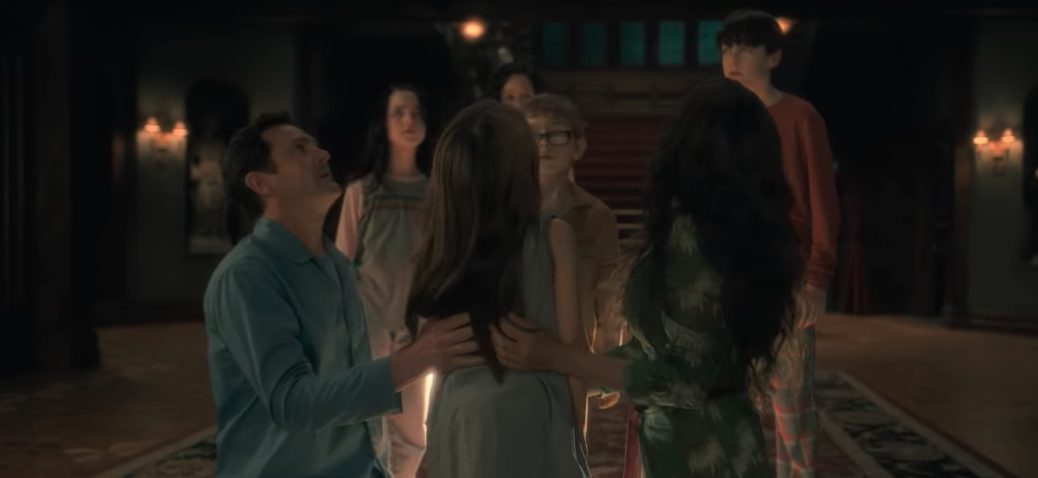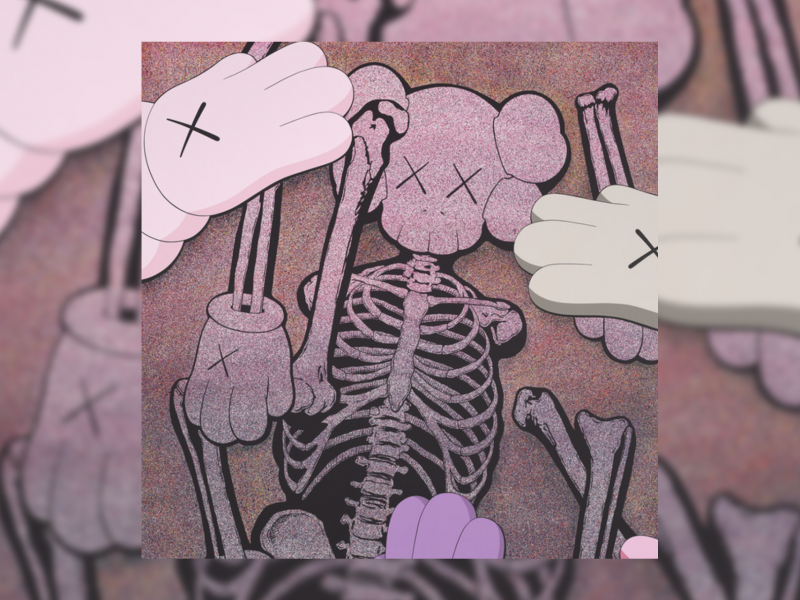Warning: This article contains spoilers.
The Haunting of Hill House is a genuinely scary show that does more than make you jump. The spooky bits get in your head on a deeper level, and the drama of it all exposes an important narrative around trauma and family togetherness.
The new Netflix original series, released Oct. 12, uses a convoluted timeline to take viewers on a long, twisted journey toward understanding what the deal with Hill House — and the Crain family who once lived there — really is. The show alternates between flashbacks and modern realities, showing us the horrors of living in a haunted space and the hardships of coping with it years later.
The Crains moved into Hill House in the 1980s. The family consists of two parents, Hugh and Olivia, and five kids: Steve, the oldest; Shirley, the oldest daughter; Theodora, the middle child; and twins Nell and Luke, the babies of the family. Their time in the house ends on the night their mother kills herself within its walls, and they come together in adulthood when Nell kills herself in Hill House, too.
[Read more: Review: ‘Suspiria’ was a confusing, sexy, bloody mess and I loved it]
The Haunting of Hill House is incredibly exciting in the first few episodes despite the solemn, dim color scheme. For the most part, the fear comes from unfulfilled suspense, or completely jarring visuals that seem to come out of nowhere, rather than the jumpscares that modern horror has in excess.
Even as the story unravels, the excitement holds up. Details about childhood experiences are shown to provide context for the characters toxic adulthood behaviors. For example, Shirley is a mortician and takes on the emotionally daunting task of preparing Nell’s body for her funeral — a flashback shows us how the mortician who worked on her mother’s body gave Shirley the courage to walk up to the open casket at her mother’s funeral and how impressed Shirley was by the mortician’s ability to “fix” her mother and make her look normal.
For the first eight episodes, the show feels like the characters are solving a mystery. They want to know what caused their mom and sister to commit suicide, they want to know if their fears inside Hill House were really real, or just a figment of their imaginations. But the last two episodes take an entirely different tone.
The ninth episode consists almost entirely of flashbacks in which it’s finally revealed what drove Olivia, the mother, to her death; that wave of understanding changes the content of the show. This newfound understanding of Hill House and all of its frights makes the show less about the mystery and more about wanting this family, plagued with trauma, to recover.
That’s what makes The Haunting of Hill House so good. Like any horror flick, it has its cliches, but it is more of a real, human drama series than it is some cheap attempt at getting something scary out by Halloween. The show trades in the jump-scares and gore for a compelling plot and raw human and emotion, and it paid off.
3.5/4 Shells.



